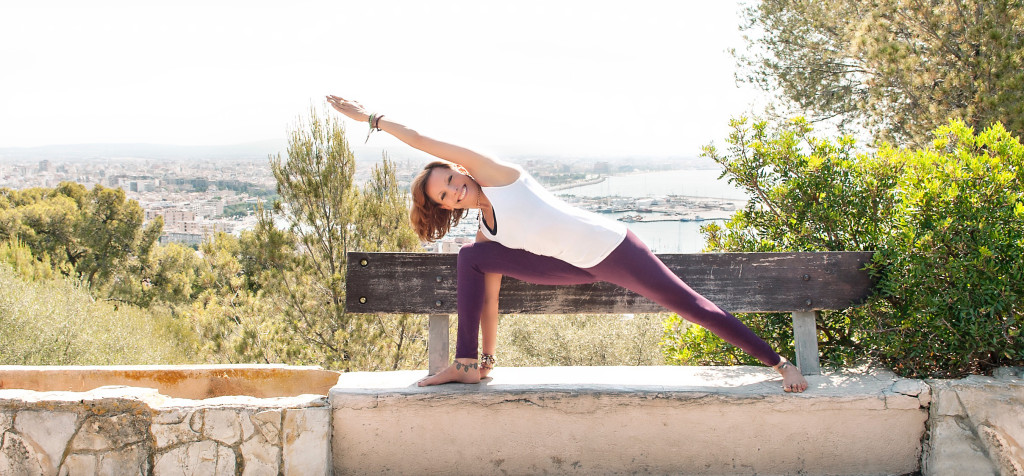
What the Heck Does it Mean to “Take a Vinyasa”? A Yogi Explains.
By Jeanne Heileman, Published on DOYOUYOGA
The use of the phrase “take a vinyasa” is often cued by a yoga instructor and interspersed between poses in certain yoga classes. But the meaning can be vague, especially to a beginner, so below we dive in and answer all of your questions about this unique phrase.
What?
The Vinyasa that we often use in a flow or power yoga class consists of: Chaturanga – Upward Facing Dog – Downward Facing Dog. These poses originally came from Patabi Jois’s Ashtanga system of yoga, which utilizes vinyasas between poses through the thread of the sequence.
Vinyasa comes from two words in the ancient Indian language of Sanskrit: vi, “in a special way,” and nyasa, “to place.” So, it means that we want to place our movements in a special, careful, intentional way. This is important to remember regardless of the style of yoga that we practice
How?
From the Ashtanga perspective, each of the movements in Sun Salutations A and B are called Vinyasas. It’s not just the Chaturanga-Updog-Downdog, but also the reaching of the arms to the sky, the folding forward to the feet, the reaching of the chest forward before Chaturanga. In Surya Namaskara A, it is said that each moment adds up to nine Vinyasas, nine steps. In Surya Namaskara B, it is said that each moment adds up to 17 Vinyasas, 17 steps.
Trained teachers will offer modifications to each of the postures to cater to any limitations or injuries their students may have. The most important thing to remember is to keep your body safe, so instead of pushing to stay with the rest of the class, back off or simplify if needed. Then your yoga practice will last you into your older years.
Why?
There are many reasons to do a Vinyasa. Ashtanga, Vinyasa flow, power yoga, and other similar styles are all part of Hatha yoga. In Hatha yoga, whatever we do on one side of our body, we also do on the other side. This brings balance to the central channel and to the spine.
It is often nice to do a Vinyasa after a sequence of postures on one side of the body, to clear the slate and bring the body back to equilibrium, before going on to the other side. It helps the body absorb the information from the first side and clear out any misalignment that might have arisen.
Since the three postures are applied in a flowing motion, they are also used to keep the body warm and lubricated. This protects the muscles and ligaments and makes it easier to breathe more expansively. When students start to feel overheated or tired, they should be encouraged to opt out of a few Vinyasas, to prevent overheating and over-exhausting the body.
Off the Mat
The point of a vinyasa is to link each movement with the full expression of the breath by beginning your movement with the start of the breath, matching the middle of the movement with the middle of your breath, and ending the movement with the end of the breath. In this way, you are placing your body and attention in a careful way. This is when you start becoming yoga instead of just doing it; there is a union between you, your attention, and your actions.
If we look at it this way, then anything we do, as long as it is linked to the breath, can be seen as a Vinyasa. Your whole day can be a series of Vinyasas, as you place your actions and attention in a special way, in sync with your breath. Imagine living with such intention in your awareness. That is real yoga!
